Project Details
For Science Hack Day 2014, our team created a low-cost groundwater detection is necessary to measure groundwater usage on a wide scale.
The following is from the presentation given at Science Hack Day.
Things that you need
- wires
- electrodes
- power source
- voltmeter
To Measure Resistivity
Math!
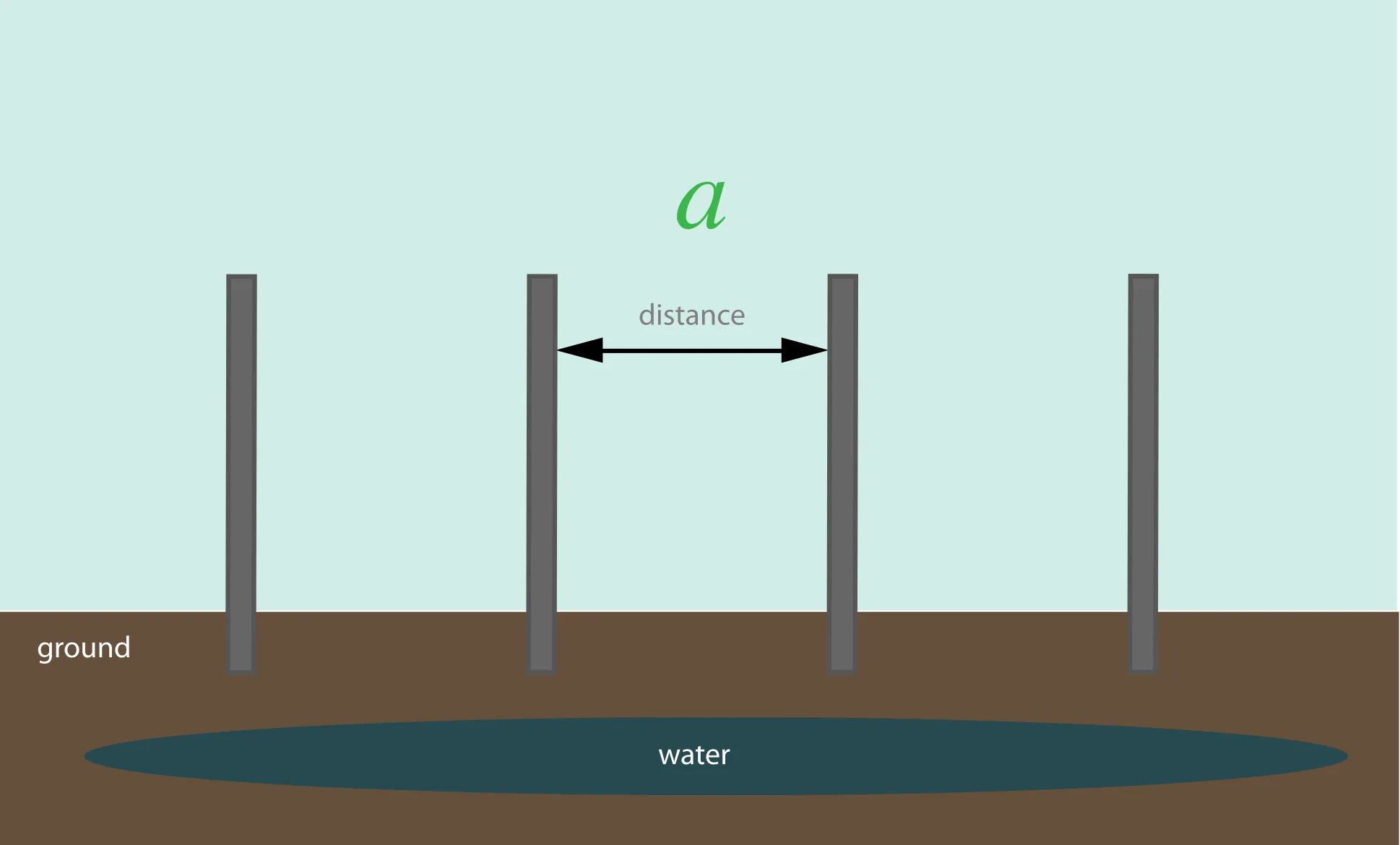
Space electrodes evenly
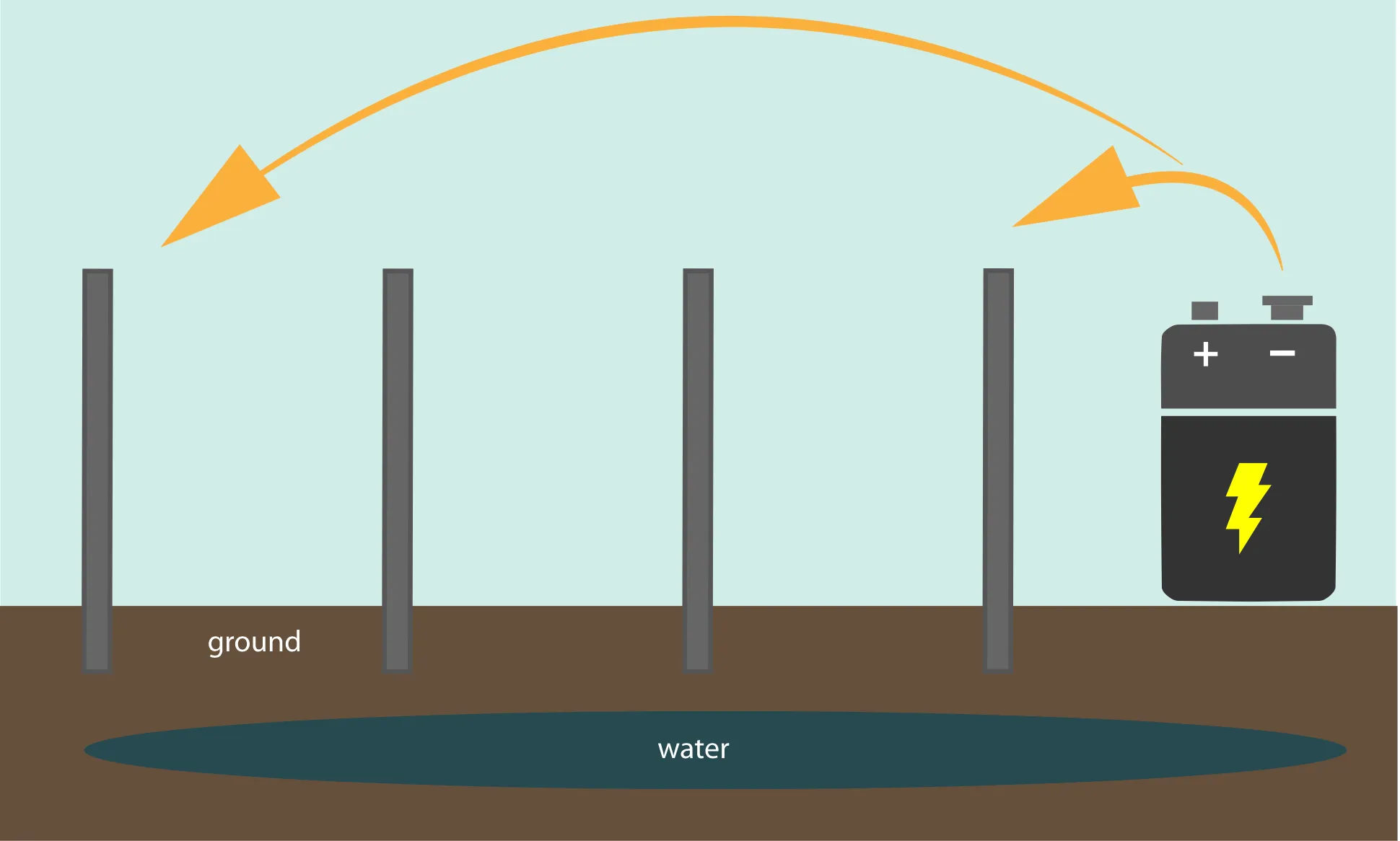
Inject current in OUTER pair
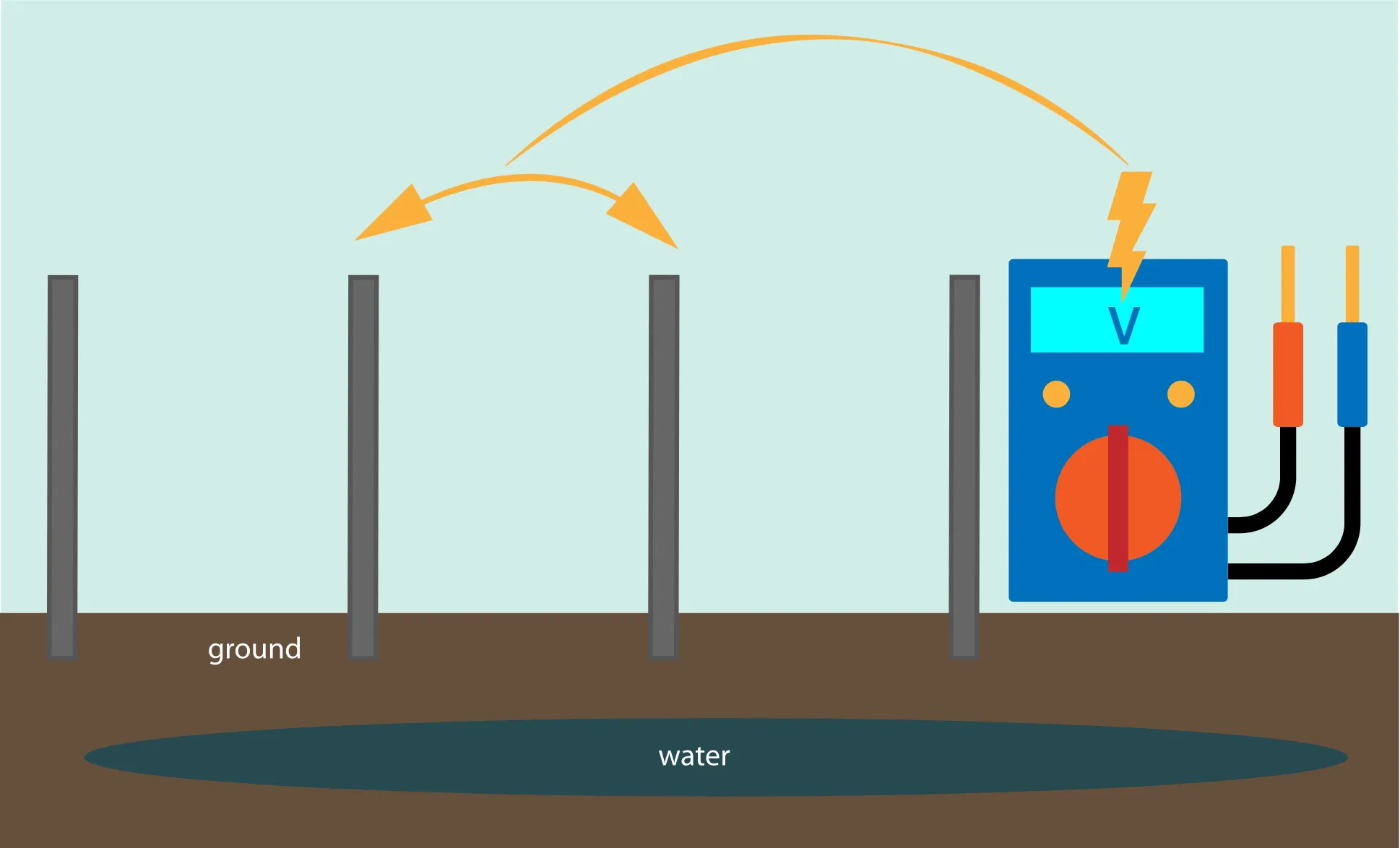
Measure voltage across INNER pair
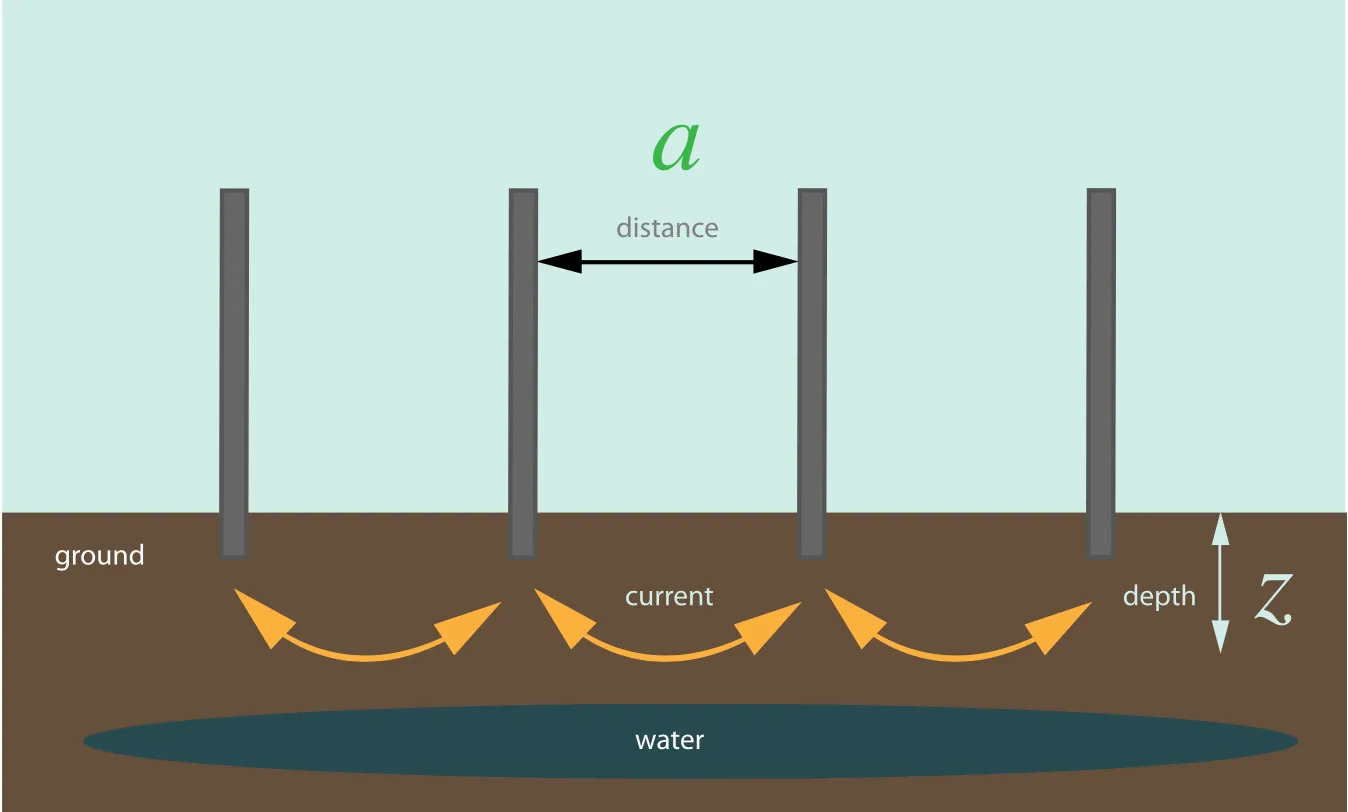
Depth:
z = a / 2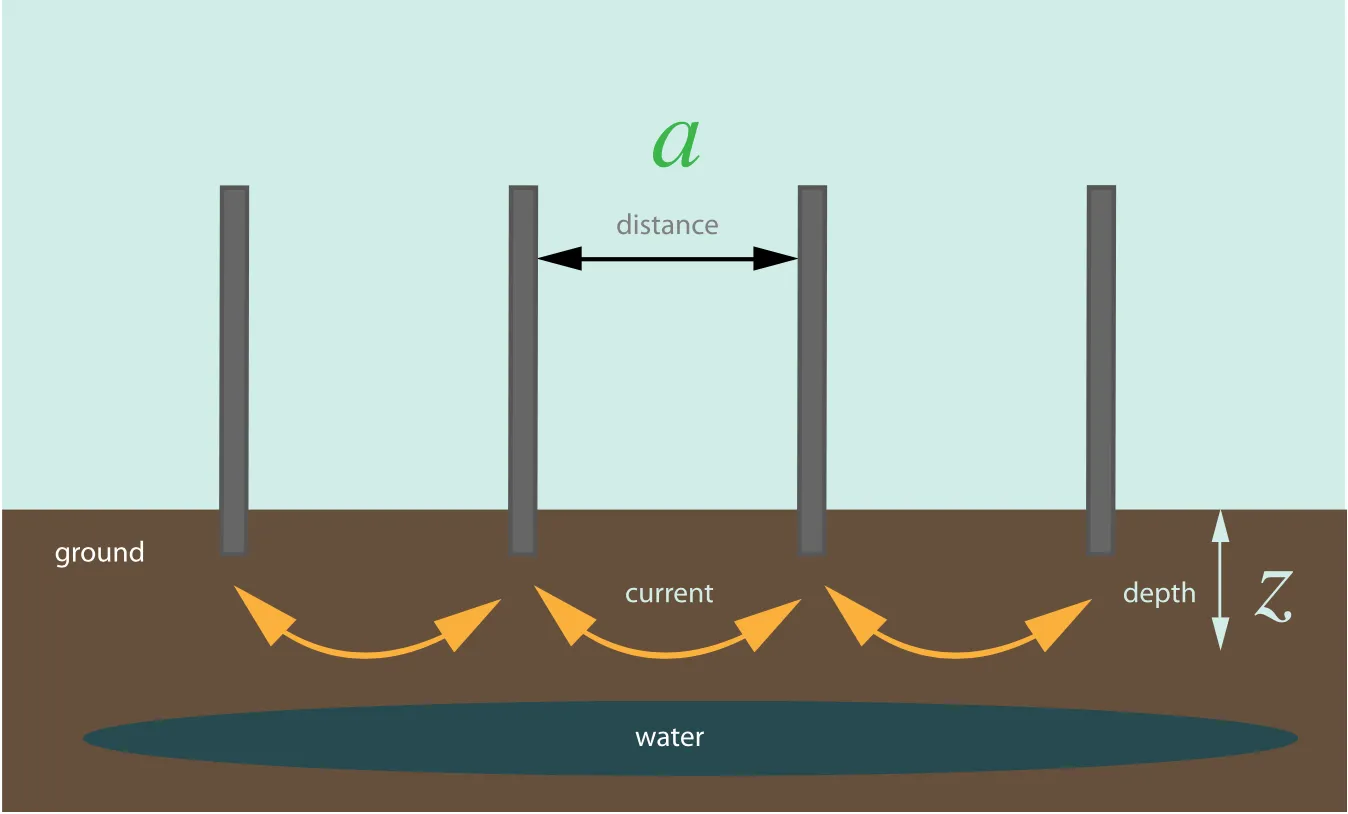
Resistivity:
ρ = 2 π a V/Iρ low = WATER!
ρ high = DRY!
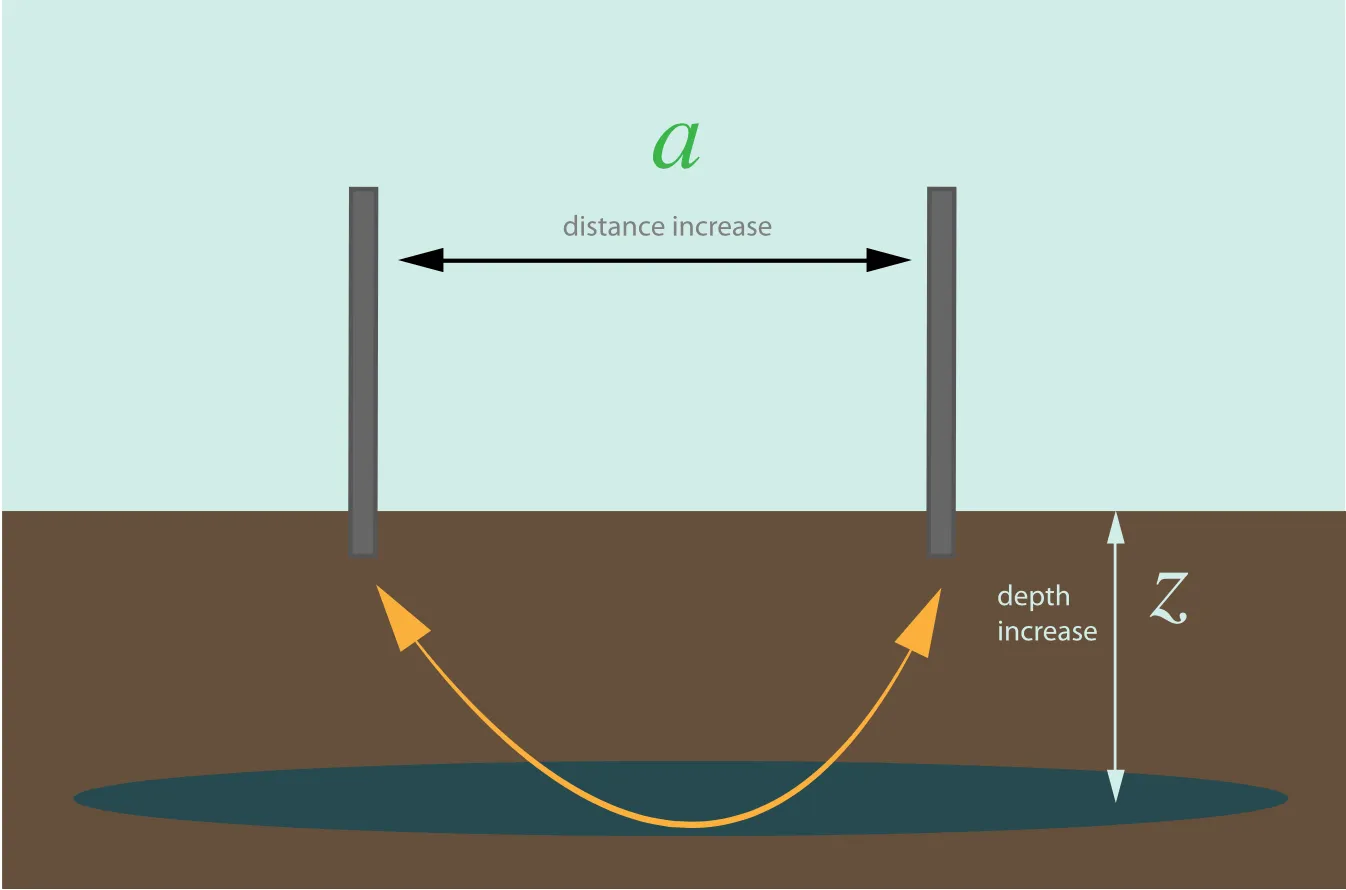
As distance a increases, the depth of signal increases
Recap
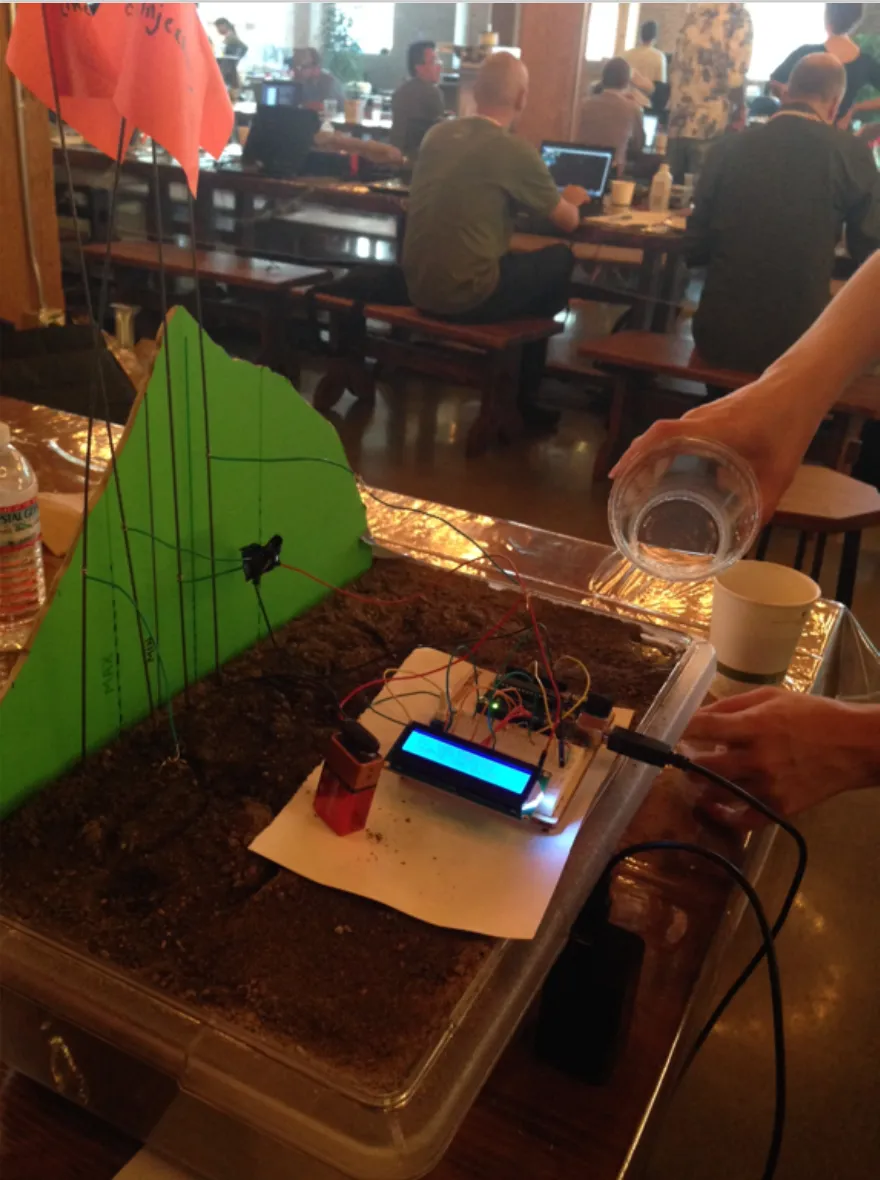
- Low-cost groundwater detection is necessary to measure groundwater usage on a wide scale!
- The Arduino was chosen to use for data logging purposes
Collaborators
- Mika McKinnon
- Alice Pevyhouse
- Anita Hart
- Jeremy Wong
- with extra help from Christoph, Matthew, Brian, Chris and others